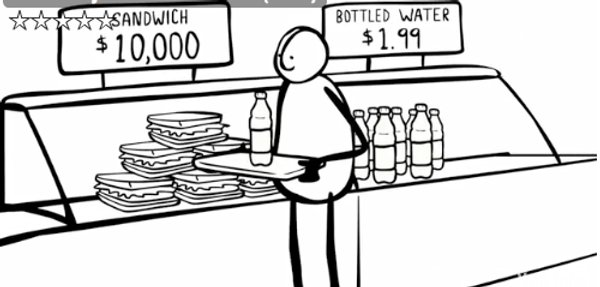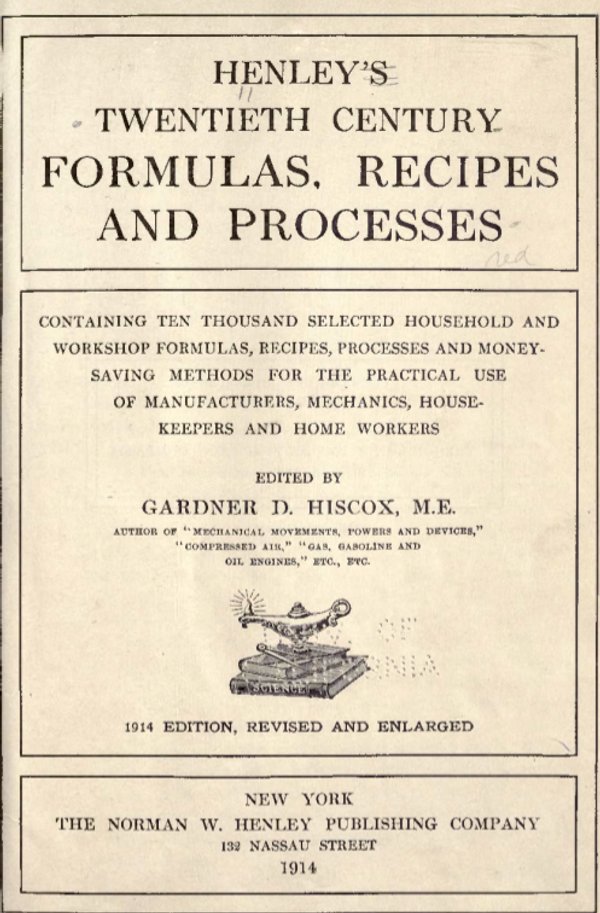Chickens have good clocks. When they know it’s time for me to bring them food and water, they keep watch, to see if I’m coming up the hill with my hands full…
Second attempt at sourdough bread: C+
My second baking of sourdough bread today was considerably improved. I’m starting — starting — to get a feel for sourdough. But I think that it’s going to take some time to become confident and skillful with sourdough. Still, today’s bread had a better balance of flour and water. The crust was good. The starter is becoming more sour.
I’ve got to stop all this breadmaking, lest I start gaining weight. But still, I never buy bread. There’s no bread in the house unless I bake it myself. I have found that when I start getting bored with my own cooking, one sure way to perk up my interest is to make hot biscuits. Whole-wheat biscuits are completely decent, but proper Southern biscuits can only be made with white (that is, unbleached) flour. Olive oil works, but truly proper biscuits require shortening. The biscuits above were an experiment with palm oil, which I had never used before. The palm oil and unbleached King Arthur flour made fantastic, melt-in-your-mouth biscuits.
I have a lot of doubts about whether palm oil is a good thing. I bought it primarily for pie crusts. Used in moderation, I suppose it’s not so bad. And it’s certainly better than a hydrogenated shortening such as Crisco, which I would never use, ever, under any circumstances. The liver and veins simply don’t know what to do with hydrogenated fats. Palm oil, at least, is in a natural form that chemists haven’t tampered with. It has been used in the tropics for thousands of years.
Here’s a link to my previous post on sourdough.
Spectrum sells its refined palm oil as vegetable shortening. It’s white. Unrefined palm oil is red and contains a lot of carotene, and therefore vitamin A.
The story of bottled water

The Story of Bottled Water — YouTube
The people at the Story of Stuff have a new video on the story of bottled water.
First attempt at sourdough bread: D-
I couldn’t wait to try out my 7-day-old home-cultured sourdough starter. It’s probably a miracle that I even got bread that rose, and was edible. I ate it, for sure, with spinach salad, Stilton, and a slosh of chardonnay. But I have two big criticisms of my first effort.
1. The dough was too wet. I’ve been working on making breads with wetter dough that are less kneaded and more coarse and bubbly. But I think I took that too far. The dough needs to be dry and stiff enough to hold a proper boule shape. My dough did double, though, within a couple of hours. Something is growing in there.
2. Though the bread did not taste at all yeasty, it also didn’t have much of a sourdough taste. My guess is that the problem primarily is the youth of my starter. I’m hoping that, as the starter matures, the lactobacillus bacteria will get a stronger foothold against the yeast, producing more lactic acid in the dough and hence a sourer taste. There may also be tricks I need to learn about how long to let the dough rise, when to feed the starter before I make the dough, and so on. This is something I don’t fully understand yet.
This is clear: Making sourdough bread is a fairly different set of skills than making bread with commercial dry yeast. I think I’ve also learned already that making sourdough bread requires more judgment and a greater understanding of the biology and techniques of breadmaking. Sourdough bread takes longer and rises slower. There are more variables, more things that might go wrong and that the experienced baker must work around or compensate for.
Oh well. One’s gotta start somewhere. But ultimately I want to learn to bake a smart but peasanty sourdough loaf that will be the signature bread of Acorn Abbey. The bread contains nothing but King Arthur whole wheat flour and water. There is no oil, except to coat the pan. Some time ago, I stopped even putting salt in bread, unless company is coming.
The woods and the sea — close cousins
The woods, from the deck at the back of my house
This time of year especially, I miss the California coast. It’s wildflower time at Point Reyes, the best time of year to hike along those grassy promontories above the sea. When I had to move inland, away from the sea, I knew somehow that life would be tolerable only if I was near the woods. The woods are a compensation for the sea.
Metaphorically, they are similar. If we were analyzing dreams, or the symbolism of woods and sea in a novel, we would encounter the same symbols: mystery, depth, danger, fear, the unknown. Does there live an adult who isn’t at least a little afraid to go into the woods alone at night?
What I find surprising, though, is the appeal of woods in winter. It is as though the water is clear. You can see into the depths. When the leaves come, as they will within the next few weeks, that clarity and silence are lost. The woods will be teeming with life. The sound of the wind in the leaves is not unlike the sound of the surf. And when there is a storm, the thrashing in the woods is not unlike the waves crashing against the rocks. The symbolism of that thrashing and crashing are the same: foreboding, the power and volatility of nature, the inevitability of change.
These are real woods here. If you look at these woods from above in Google Earth, you can see that the woods go on almost continuously to the north and west, into the Appalachians. No wonder we get bears here from time to time.
I am always frustrated at how hard it is to photograph the woods. I think this is because a two-dimensional photograph cannot capture the depth of the woods. A 3D photo of the woods might do the trick.
The Pacific from the Marin Headlands across the water from San Francisco
At last!
The daffodils are blooming at last. In the fall of 2008, I planted 55 pounds of daffodil bulbs. Every spring hereafter, they’ll pay me back. Notice how they all turn their little faces to the south.
The day lily shoots are growing fast. The deer don’t mess with daffodils, but they love to eat day lily shoots. I’ve been peppering the day lily shoots with dried blood (a fertilizer) in hopes that it will keep the deer away. So far so good. In the summer of 2008, I planted 300 day lily sets on the bank up the hill from my driveway, which is too steep to mow. I hated the work, but I love the payback.
Can you espy the cat?
Solution below. Don’t peek.
The woods are full of the sound of spring peepers, but other than that and some daffodils almost ready to open, spring has not yet come around the corner.
Spring peepers are chorus frogs. Isn’t that a nice term? This time of year they do make quite a chorus. They drown out the birds. The insects aren’t really in business yet.
Sourdough starter, Day 4
For the first three days, there was no apparent activity in the sourdough starter. But on the morning of Day 4, the starter was nice and bubbly. It smells good — nice and fruity. On the fourth day, the directions I’m using call for switching to water to feed the starter, rather than pineapple juice. I hope I’ll be able to start baking with the starter in a few more days. Here’s a link to my post on Day 1.
The methods of 100 years ago
Here is a link to a scanned copy of Henley’s Twentieth Century Formulas, Recipes and Processes. The book, which is in PDF format, is more than 800 pages long and covers just about everything a self-sufficient American in 1914 might need to know — farming, shelter, tools, homemade cosmetics and medicines, preserving food, and so on. The PDF file is more than 100 megabytes. Everything is arranged in alphabetical order.
Stilton
Note to myself: Those glass plates don’t photograph very well. I need to go to some junk shops and find some photogenic dishes.
Blue cheese and garlic are the best of friends. Though I love a good Roquefort, I prefer a good Stilton. I suspect this is because the Roquefort (sheep’s milk) is richer than Stilton (cow’s milk). Blue cheese loves onions, too. The Fat Ladies, every ounce of them English, in one of their cooking shows, made a Stilton and onion soup that I made at home a couple of times, and it was good. The dressing on the salad in the photo contains a whole head of garlic. What a great peasant supper — a garlicky salad, Stilton, and a loaf of homemade peasant bread.
Rural England is a dairy culture, and they make great cheeses. Last time I was there, they still home-delivered fresh milk in bottles. Friends in Wales once served me for dinner a whole array of English and Welsh cheeses, including the Welsh Caerphilly, which you can sometimes find in American stores.
As for the Fat Ladies, one of them (Jennifer Paterson) is dead now. Netflix has the DVDs of their cooking show. Their show is extremely entertaining and rich with ideas for those of us who respect peasant food.


